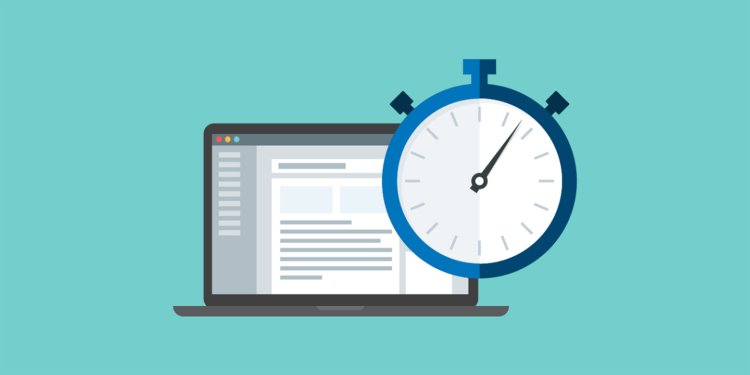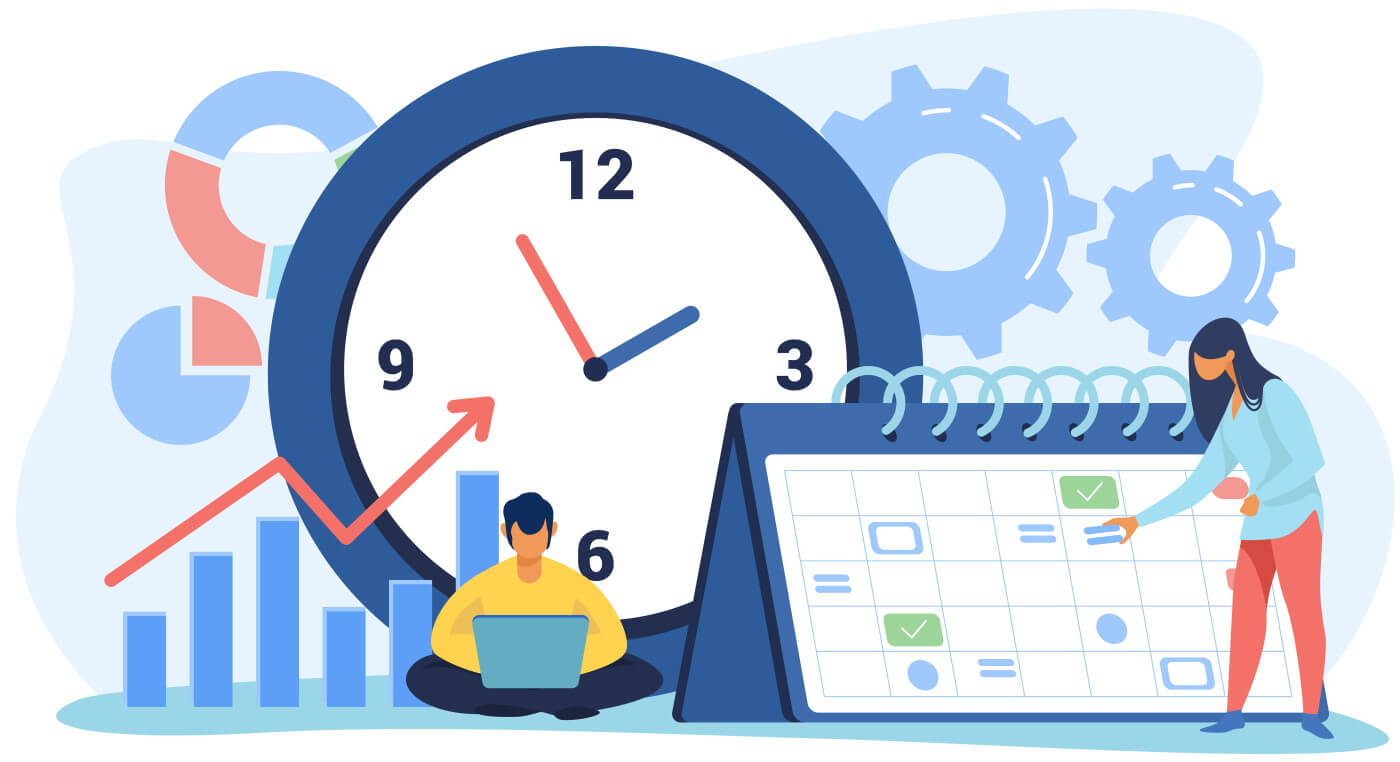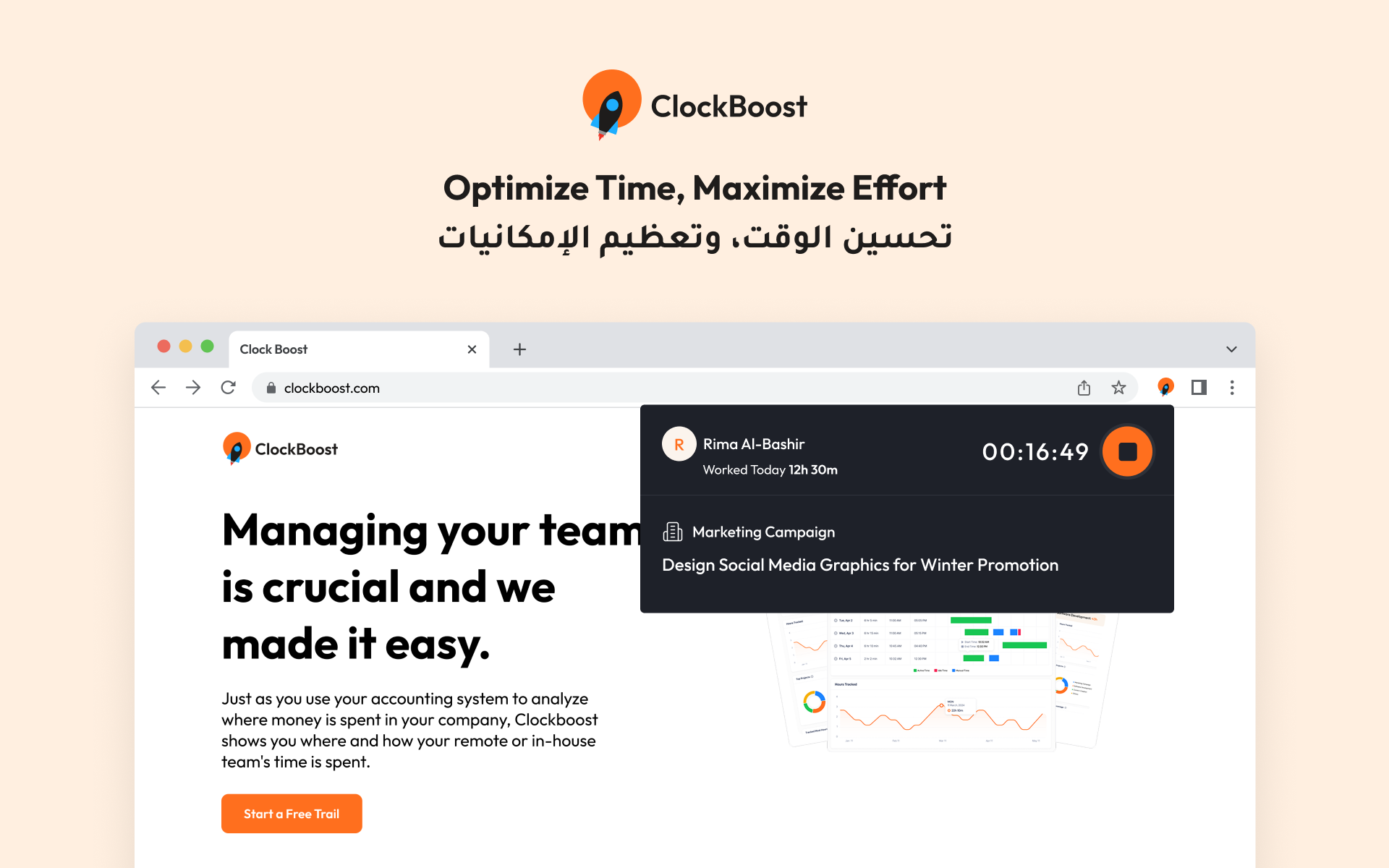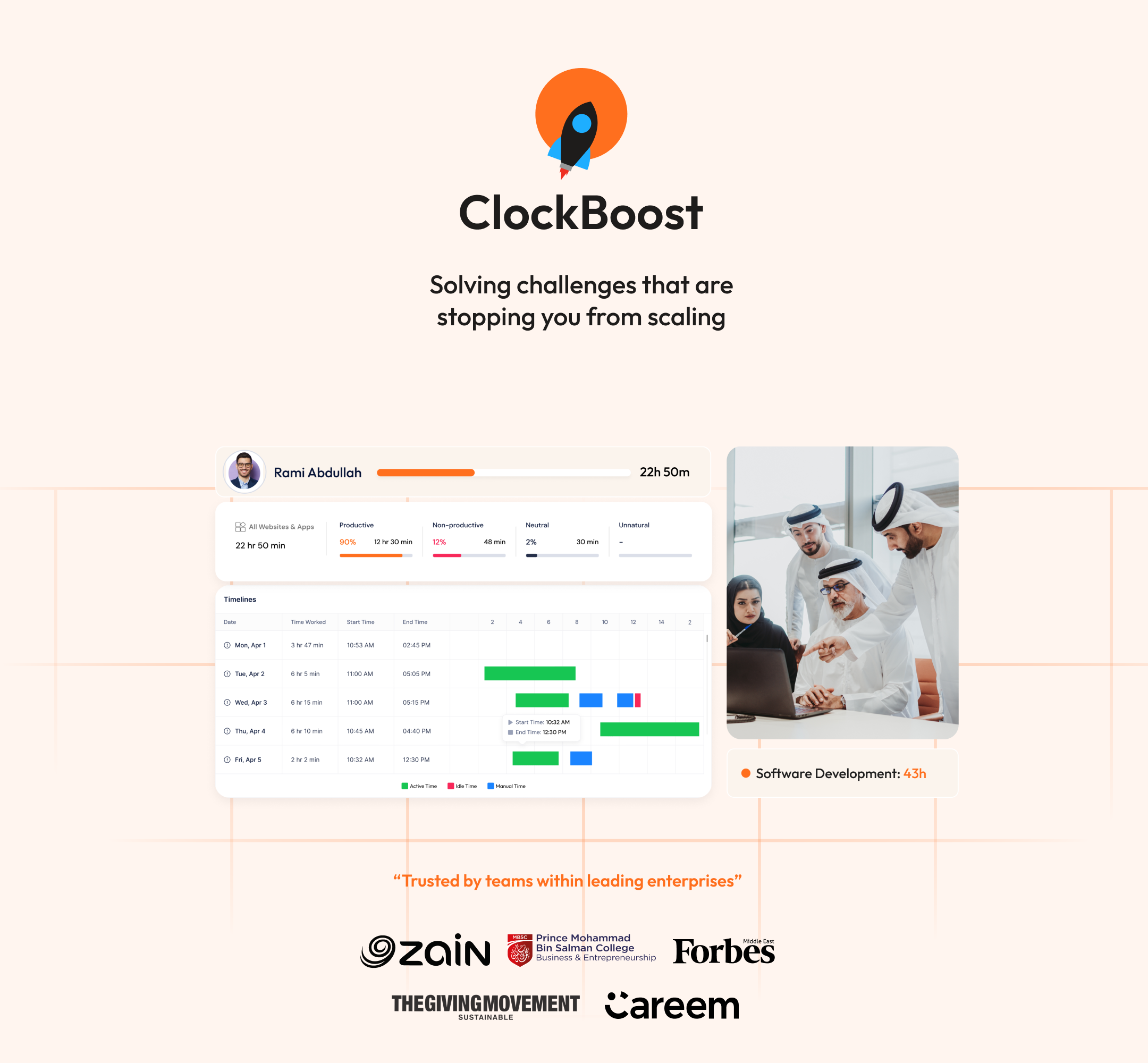
5 Smart Ways to Reboot Team Productivity in Remote Gulf Workplaces
Even the most motivated remote teams hit a slump, especially after a long, hot summer in the Gulf. With shifting energy, changing routines, and creeping distractions, a reset becomes essential. Here are five practical ways your team can reboot productivity across remote and hybrid setups in the Gulf region.
1. Audit & Align: Diagnose Where Productivity Slipped
Before pushing ahead, it’s critical to understand where things went off track. Rebooting without diagnosing is like fixing a car without checking the engine.
Start by running a quick team check-in. What’s felt frustrating lately? Where have delays crept in? Honest feedback can shine a light on recurring issues that often go unnoticed.
Then, back this up with data. Look at how time has been spent over the past few weeks when people were active, where delays occurred, and which projects lagged. You’ll likely find patterns like too many meetings, unclear task ownership, or overreliance on certain team members.
Once you know where things slipped, you can fix them with purpose, not guesswork.
2. Rebuild Core Structure Without Killing Flexibility
Remote productivity thrives on balance. Too much freedom creates chaos. Too much control stifles creativity.
A good starting point is to reintroduce structure gently. Set clear core hours where everyone overlaps enough to stay aligned without micromanaging. This gives the team predictability without forcing them into rigid schedules.
Next, evaluate your meetings. Cut down the length, reduce frequency, and set clear outcomes. Consider blocking one day a week as a meeting-free day to encourage deep work and creative thinking.
You can also try short two-week work sprints with clear deliverables. These keep everyone focused, reduce scope creep, and help teams build momentum quickly.
The goal isn’t to monitor every move; it’s to create a rhythm that helps everyone perform at their best.
3. Streamline Tools and Workspaces
Too many tools can feel like too many tabs open in your brain. That’s why now is the perfect time to streamline both your digital and physical workspaces.
Start with your tech stack. If your team uses multiple platforms for collaboration, time tracking, and task management, audit what’s truly essential. Eliminate overlap and integrate where possible to create a more seamless workflow.
Encourage team members to reset their physical workspaces, too. A cluttered desk, poor lighting, or an uncomfortable chair can quietly kill focus and motivation. Small upgrades like a proper monitor stand or noise-canceling headphones can make a big difference.
Even experimenting with a new workspace setup, like working from a quiet café or different room, can reset mental energy. Just make sure it supports reliable connectivity and minimal distractions.
4. Reignite Team Energy and Morale
Productivity isn’t just about focus; it’s about energy. And after a slow period, energy is often what’s most depleted.
Help the team rebuild momentum with a few quick wins. Assign smaller, satisfying tasks that build confidence and help people ease back into their workload.
Inject novelty into routines. Create a “challenge week” where the team experiments with a new process, like reducing meeting time or batching tasks differently. These experiments often spark useful ideas and make work feel fresh again.
Most importantly, reconnect as people. Informal check-ins, virtual coffee breaks, or shared wins at the start of a call can go a long way. When people feel seen and supported, they’re more engaged and naturally more productive.
Encourage open feedback. Ask regularly: what’s working, what’s not, and what could improve? The more psychologically safe your team feels, the stronger their performance will be.
5. Monitor Progress Without Overstepping
Rebooting productivity isn’t a one-time event. It’s a reset that needs maintenance.
Keep tabs on how your changes are performing. Are things running smoother? Are goals being met? Set up lightweight check-ins every week or two to discuss progress and catch early signs of burnout.
Pay attention to early warning signs like longer idle periods, frequent context switching, or missed deadlines. These signals often show up before anyone speaks up.
Encourage your team to protect time for deep work. A 30-minute buffer each day free of meetings or messages can help maintain focus and prevent fatigue.
Finally, check in with individuals. Are they feeling overwhelmed? Are certain tasks dragging them down? Redistribution and rest can go further than pressure.
Where ClockBoost Helps You Sustain the Reset
ClockBoost is built to help remote and hybrid Gulf tech teams operate more efficiently without compromising trust or transparency.
It gives you the data to understand where time is going, where teams are losing focus, and how projects are progressing in real time. But unlike rigid surveillance tools, it’s designed to support healthy autonomy. Optional screenshots, role-based permissions, and privacy-first settings ensure that trust is never broken in the name of productivity.
ClockBoost integrates with your daily tools, whether you use Trello, Asana, Jira, or Google Workspace, so you can tie time insights directly to project outcomes. And with region-specific compliance in place, your data stays secure and local.
With ClockBoost, you don’t just track tim,e you turn it into a source of strategic insight.
Resources
- Remote work statistics in the Gulf Region – Matsh Talent Development
- Remote Work Trends in the Gulf – GulfTalent
- Remote Work Productivity Statistics – ActivTrak
- Remote Work Statistics in GCC – Rcademy
- Maximize Remote Productivity – Bizco




























